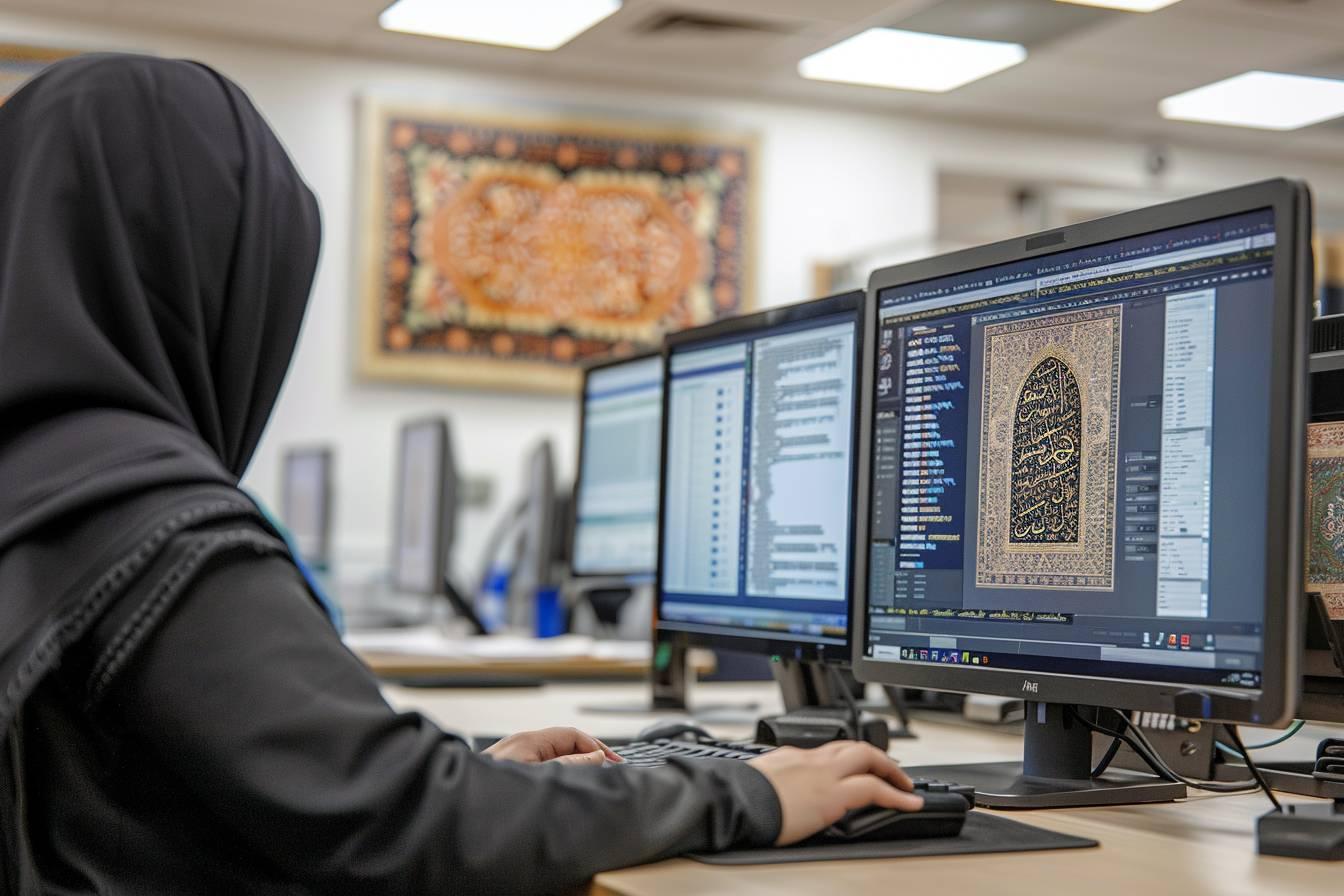Translating from Arabic into English is a complex art that requires a good understanding of both languages. In this guide, we’ll explore the various facets of this language conversion process, focusing on the tools, resources and techniques to achieve accurate, professional results.
Tools and resources for effective Arabic-English translation
Language conversion between Arabic and English relies on a multitude of tools and resources. Online dictionaries are the cornerstone of this process. They offer not only translations of individual words, but also idiomatic expressions and contextual examples. Among the most widely used are :
- Classic bilingual dictionaries
- Etymological dictionaries
- Specialized glossaries (medical, legal, technical)
- Thematic glossaries
Conjugation tools are also essential for mastering the subtleties of Arabic and English verbs. They make it easy to navigate between different tenses and modes, facilitating the translation of complex texts. What’s more, mobile translation apps offer a practical solution for quick translations on the move.
For a more in-depth approach, comparative grammars and learning manuals provide detailed explanations of the linguistic structures of both languages. These resources are particularly useful for understanding the grammatical nuances that can affect translation quality.
Techniques for accurate language conversion
Arabic-English translation requires more than simple word-for-word substitution. It requires a deep understanding of cultural and linguistic contexts. Here are some essential techniques to ensure accurate conversion:
- Source text analysis: Understand the overall message before beginning translation.
- Terminology research: Identify specific terms and their most appropriate equivalents.
- Cultural adaptation: Adjust idiomatic expressions and cultural references.
- Revision and editing: Reread and refine the translation to ensure fluidity and accuracy.
The use of bilingual corpora can greatly improve translation quality. These vast collections of translated texts offer real-life examples of language use in various contexts. Translators can refer to them to find solutions to complex translation problems.
Transliteration also plays a crucial role, especially for proper nouns and technical terms. It enables Arabic characters to be represented in the Latin alphabet, making them easier to understand for an English-speaking audience.
| Type of text | Translation approach |
|---|---|
| Literary | Preservation of style and cultural nuances |
| Legal | Precise terminology and respect for legal conventions |
| Technical | Clarity and consistency in the use of specialized terms |

Professional services and certification of translations
For official documents or legal translations, it is often necessary to use certified translators. These professionals possess the linguistic skills and legal knowledge required to produce translations that meet the requirements of the authorities.
Professional translation services offer a range of services from simple translation to complete localization of websites and interfaces. They are supported by teams of linguists specialized in various fields such as :
- Medical translation
- Financial translation
- Literary translation
- Technical translation
Certification of translations generally involves a rigorous verification process. The translator attests to the accuracy and integrity of the translation, often by means of an affidavit. This practice is particularly important for legal documents, diplomas and civil status certificates.
Challenges and innovations in Arabic-English translation
Translation between Arabic and English presents unique challenges due to the fundamental differences between the two languages. Grammatical structure, writing systems and cultural concepts can vary considerably. On the other hand, technological innovations are providing new solutions to these age-old problems.
Artificial intelligence is revolutionizing the field of machine translation. Natural language processing algorithms can now produce increasingly accurate and context-sensitive translations. Nevertheless, human supervision remains crucial to guarantee the quality and cultural appropriateness of translated texts.
Translation memory tools considerably improve the efficiency of professional translators. These systems store segments of text that have already been translated, enabling previous translations to be reused quickly and consistently. This approach is particularly beneficial for large-scale projects or specialized fields.
Finally, the study of linguistic borrowings between Arabic and English offers a fascinating insight into the history of cultural exchange. Many Arabic words have been adopted into English over the centuries, enriching the vocabulary and testifying to the enduring influence of Arab civilization on the Western world.
